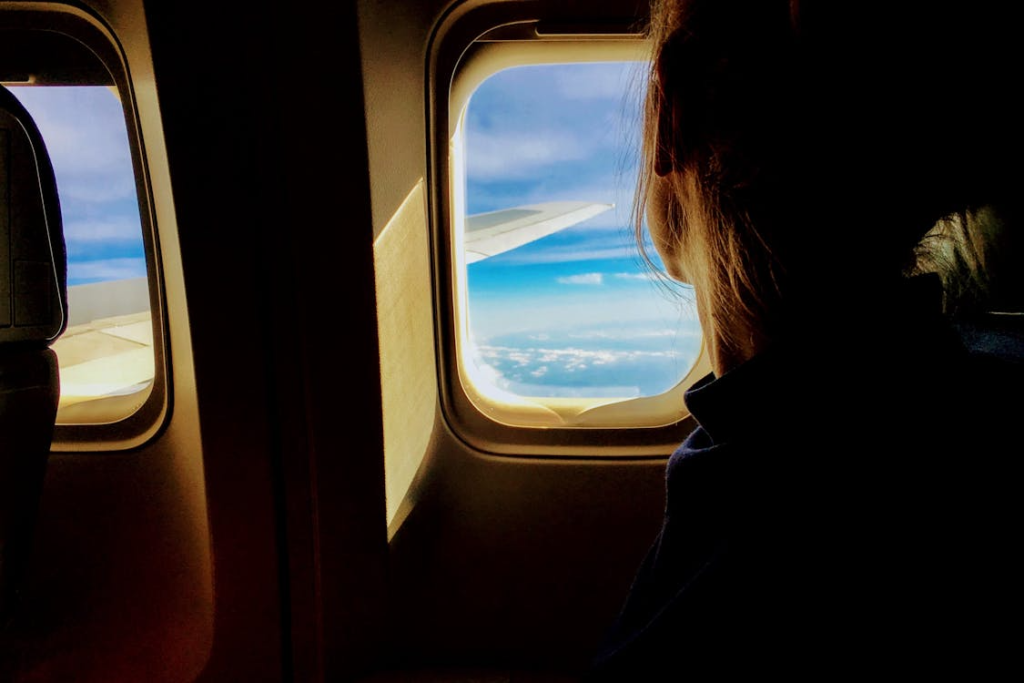
♥By Naazi Morad Wellness Within Therapy
There’s a moment that lives in the hearts of many families, a moment of goodbye that isn’t just about distance, but about the quiet unraveling of daily life. A child leaves home to find work in another country. A spouse boards a plane with promises tucked into their suitcase. And those left behind begin a new kind of waiting.
This is not just migration. It’s emotional migration.
It’s the ache of a mother watching the kettle boil for one.
It’s the silence of a husband who sleeps on one side of the bed.
It’s the ritual of checking WhatsApp for a “Good morning” that may never come.
💔The Psychology of Separation
In therapy, we call this ambiguous loss, when someone is physically gone but emotionally present. It’s a grief that doesn’t get named, because the person isn’t dead. They’re just… elsewhere. And yet, the pain is real.
- Parents may feel pride and heartbreak in equal measure. They worry, they wait, they wonder if their child is eating well, sleeping enough, safe.
- Spouses often carry the weight of both roles, partner and parent, provider and nurturer, while quietly grieving the absence of shared laughter, touch, and routine.
- Children and partners abroad may suppress their own suffering, afraid to burden those back home. They become emotional vaults, holding back tears while sending money.
This is the emotional choreography of migration:
One side sacrifices presence.
The other sacrifices truth.
🕚A Ritual for the Left Behind
Create a small “departure altar” in your home.
Place a photo, a candle, a letter.
Let it be a space where grief is allowed to breathe.
Where longing is not shameful, but sacred.
You are not weak for missing them.
You are human.
And your love deserves a place to rest.
